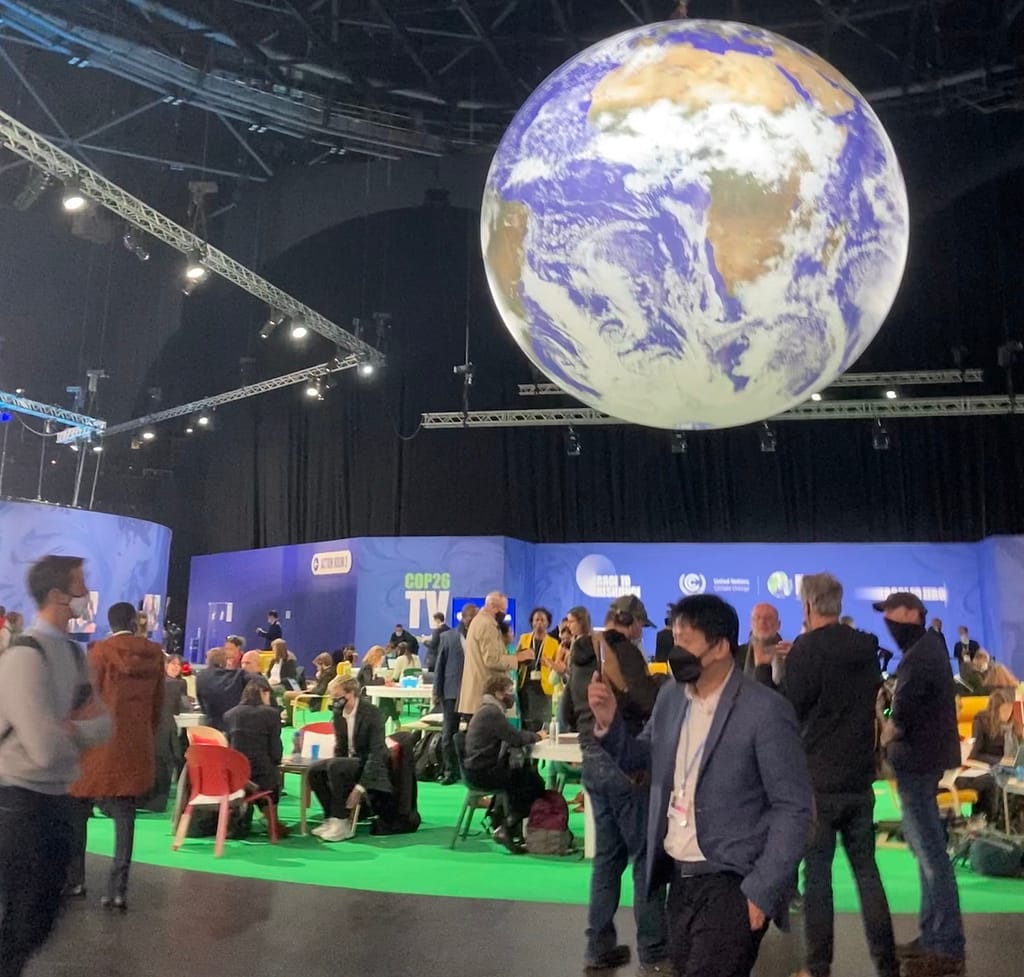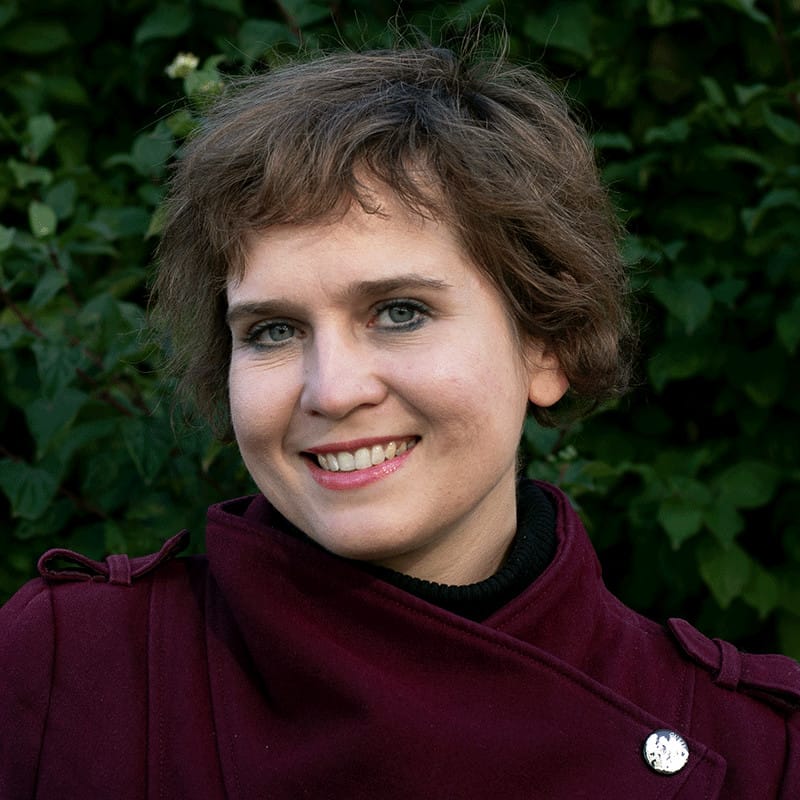As our team joins some of the dialogues and events surrounding the UN Climate Change Conference in Glasgow, we look back on the history of the COP and the ongoing concerns. Will this summit mark the turning point on the road to sustainability?
The 26th annual United Nations Conference on Climate Change kicked off just a few days ago in Glasgow.
COP26 has the potential to solve one of the biggest challenges of our time. For those of us who work in this space — and who care about our Earth’s future, it is the biggest event of the year, and possibly the decade.
It has been a long road to get here. The first 20 years of these conferences are broadly considered a failure, with continuous diplomatic stalemates and the inability to come to a genuine global agreement. Since the start of these negotiations, global emissions have increased more than 60%. The Paris Agreement, adopted in 2015 at COP21, was the first landmark success as it brought together 196 national signatories. Many still criticized it as being too moderate with its weak pledges for greenhouse gas emissions reductions and its lack of enforcement mechanisms. The current conference in Glasgow is now seen as the real test of the Paris Agreement. Every five years, each signatory is supposed to share a revised national plan, progressively increasing their ambition. The latest iterations are due now.
But as it currently stands, national pledges put us on track for global warming of 2.7 degrees Celsius – a pathway that leads to untold suffering and ecological destruction. All eyes are on Glasgow to see whether global leaders will bring the necessary courage and humble leadership to deliver a real pathway for change. There is little faith in the proceedings.

Some of the main concerns on the table include:
- Raising the ambition level to stay on track with the Paris Agreement. The recent statement put out by the G20 was met with a mixed reception. The G20 countries have committed to stronger action, but have stopped short of promising to phase out coal, which is responsible for an estimated 30% of GHG emissions.
- Delivering on climate justice by closing the finance gap. Rich countries are falling far short on their pledges to provide $100 billion in annual financing to support developing nations. The UN’s International Panel on Climate Change has estimated that between $1.6 and 3.8 trillion of investment is needed annually to avoid warming exceeding 1.5 degrees. This is equivalent to 10-20% of the annual global spending of the G7 countries – seven of the largest economies in the world. However, to put this in perspective, fossil fuels are still receiving an estimated $554 billion in subsidies each year, and in 2020, annual global military spending was $2 trillion. We clearly have the money; we just don’t have our priorities straight.
- Aligning climate objectives with the regeneration of landscapes and protection of biodiversity. Climate solutions can be problematically one-sided when it comes to the protection of nature. We cannot plan to burn all of our forests for biofuel or plant millions of trees in habitats where they do not belong.
- Improving standardization and cutting greenwashing. The global community needs to address greenwashing by driving standardization, providing clarity around what constitutes “green finance,” “net-zero,” etc. The new Net-Zero Standard by the Science Based Targets initiative is a promising step that can formalize science-based net-zero targets for countries and companies.
- Amplifying the voices of marginalized communities. Those most affected by the consequences of the climate crisis are heavily underrepresented in Glasgow, due, in part, to the injustice of global vaccination programs and the unaffordability of travel.
A small delegation from our team will be at the COP over these two weeks, participating in some of the dialogues and events surrounding the main negotiations. We will be talking about nature-based solutions, a sustainable bioeconomy, and so much more.
On our social media pages (LinkedIn, Twitter, and Instagram), we also hope to give those of you who cannot be here in person some eyes and ears on the ground during these critical weeks for the world. Stay tuned for more insights from our daily experiences.




